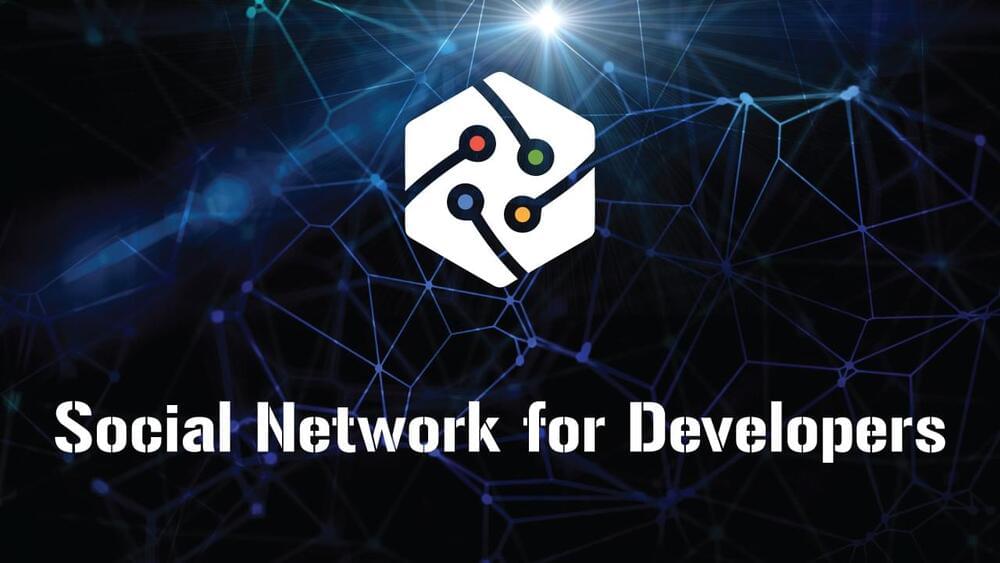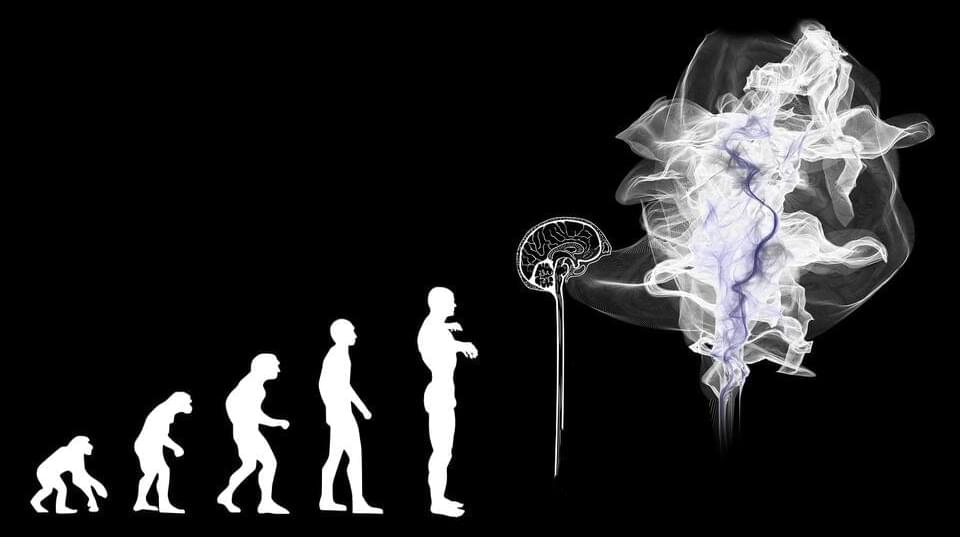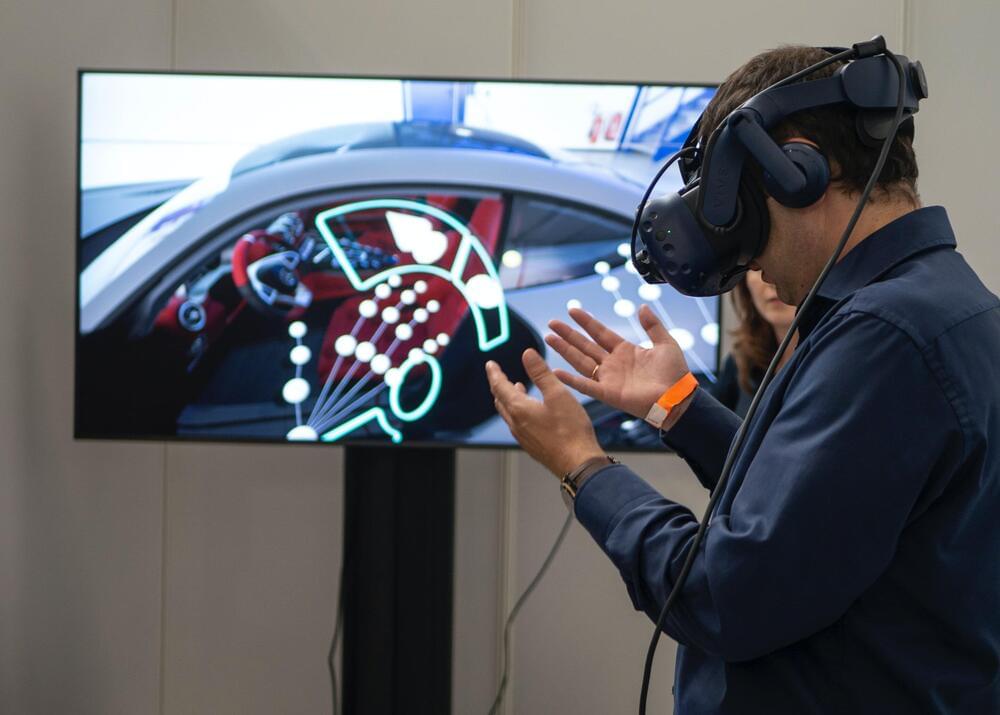Social network for developers to discuss topics about bugs and issues, write and share knowledge and connect with millions of developers worldwide.



In the 2002 science fiction blockbuster film “Minority Report,” Tom Cruise’s character John Anderton uses his hands, sheathed in special gloves, to interface with his wall-sized transparent computer screen. The computer recognizes his gestures to enlarge, zoom in, and swipe away. Although this futuristic vision for computer-human interaction is now 20 years old, today’s humans still interface with computers by using a mouse, keyboard, remote control, or small touch screen. However, much effort has been devoted by researchers to unlock more natural forms of communication without requiring contact between the user and the device. Voice commands are a prominent example that have found their way into modern smartphones and virtual assistants, letting us interact and control devices through speech.
Hand gestures constitute another important mode of human communication that could be adopted for human-computer interactions. Recent progress in camera systems, image analysis and machine learning have made optical-based gesture recognition a more attractive option in most contexts than approaches relying on wearable sensors or data gloves, as used by Anderton in “Minority Report.” However, current methods are hindered by a variety of limitations, including high computational complexity, low speed, poor accuracy, or a low number of recognizable gestures. To tackle these issues, a team led by Zhiyi Yu of Sun Yat-sen University, China, recently developed a new hand gesture recognition algorithm that strikes a good balance between complexity, accuracy, and applicability.

AutoML-Zero is unique because it uses simple mathematical concepts to generate algorithms “from scratch,” as the paper states. Then, it selects the best ones, and mutates them through a process that’s similar to Darwinian evolution.
AutoML-Zero first randomly generates 100 candidate algorithms, each of which then performs a task, like recognizing an image. The performance of these algorithms is compared to hand-designed algorithms.-Zero then selects the top-performing algorithm to be the “parent.”
“This parent is then copied and mutated to produce a child algorithm that is added to the population, while the oldest algorithm in the population is removed,” the paper states.
Real Time Heart Rate Detection using Eulerian Magnification + YOLOR is used for head detection which feeds into a Eulerian Magnification algorithm developed by Rohin Tangirala. Courtesy of Dragos Stan for assistance in this demo and code.
⭐️Code+Dataset — https://lnkd.in/deRj6SPf.
Like and Comment if you want a full tutorial.
⭐ Download the Code at the AI Vision Store
https://augmentedstartups.info/VisionStore.
⭐ FREE Computer Vision Course
https://augmentedstartups.info/yolov4release.
⭐ Membership + Source Code — https://bit.ly/Join_AugmentedStartups.
⭐ Computer Vision Nano Degree — https://bit.ly/AugmentedAICVPRO
⭐ JOIN our Membership to get access to Source Code : https://bit.ly/Join_AugmentedStartups.
===Product Links===
✔️ Webcam — https://amzn.to/35Ou6yQ
✔️ Deep Learning PC — https://amzn.to/3zRdep3
✔️ OpenCV Python Books-https://amzn.to/3jb5LLB
✔️ Camera Gear — https://amzn.to/3qrLQd2
✔️ Drone Kit — https://bit.ly/Drone-kit.
✔️ Raspberry Pi 4 — https://amzn.to/3fhSI7c.
✔️ OpenCV AI Kit — http://bit.ly/GetOAKNow.
✔️ Roboflow — https://roboflow.com/as1
✔️ Arduino Electronics kit — https://amzn.to/2LgiTQJ
Support us on Patreon.

This paper discusses the quantum mechanics of closed timelike curves (CTC) and of other potential methods for time travel. We analyze a specific proposal for such quantum time travel, the quantum description of CTCs based on post-selected teleportation (P-CTCs). We compare the theory of P-CTCs to previously proposed quantum theories of time travel: the theory is physically inequivalent to Deutsch’s theory of CTCs, but it is consistent with path-integral approaches (which are the best suited for analyzing quantum field theory in curved spacetime). We derive the dynamical equations that a chronology-respecting system interacting with a CTC will experience. We discuss the possibility of time travel in the absence of general relativistic closed timelike curves, and investigate the implications of P-CTCs for enhancing the power of computation.

PARIS, Dec. 23, 2021 – LightOn announces the integration of one of its photonic co-processors in the Jean Zay supercomputer, one of the Top500 most powerful computers in the world. Under a pilot program with GENCI and IDRIS, the insertion of a cutting-edge analog photonic accelerator into High Performance Computers (HPC) represents a technological breakthrough and a world-premiere. The LightOn photonic co-processor will be available to selected users of the Jean Zay research community over the next few months.
LightOn’s Optical Processing Unit (OPU) uses photonics to speed up randomized algorithms at a very large scale while working in tandem with standard silicon CPU and NVIDIA latest A100 GPU technology. The technology aims to reduce the overall computing time and power consumption in an area that is deemed “essential to the future of computational science and AI for Science” according to a 2021 U.S. Department of Energy report on “Randomized Algorithms for Scientific Computing.”
INRIA (France’s Institute for Research in Computer Science and Automation) researcher Dr. Antoine Liutkus provided additional context to the integration of LightOn’s coprocessor in the Jean Zay supercomputer: “Our research is focused today on the question of large-scale learning. Integrating an OPU in one of the most powerful nodes of Jean Zay will give us the keys to carry out this research, and will allow us to go beyond a simple ” proof of concept.”
KEAR (Knowledgeable External Attention for commonsense Reasoning) —along with recent milestones in computer vision and neural text-to-speech —is part of a larger Azure AI mission to provide relevant, meaningful AI solutions and services that work better for people because they better capture how people learn and work—with improved vision, knowledge understanding, and speech capabilities. At the center of these efforts is XYZ-code, a joint representation of three cognitive attributes: monolingual text (X), audio or visual sensory signals (Y), and multilingual (Z). For more information about these efforts, read the XYZ-code blog post.
Last month, our Azure Cognitive Services team, comprising researchers and engineers with expertise in AI, achieved a groundbreaking milestone by advancing commonsense language understanding. When given a question that requires drawing on prior knowledge and five answer choices, our latest model— KEAR, Knowledgeable External Attention for commonsense Reasoning —performs better than people answering the same question, calculated as the majority vote among five individuals. KEAR reaches an accuracy of 89.4 percent on the CommonsenseQA leaderboard compared with 88.9 percent human accuracy. While the CommonsenseQA benchmark is in English, we follow a similar technique for multilingual commonsense reasoning and topped the X-CSR leaderboard.
Although recent large deep learning models trained with big data have made significant breakthroughs in natural language understanding, they still struggle with commonsense knowledge about the world, information that we, as people, have gathered in our day-to-day lives over time. Commonsense knowledge is often absent from task input but is crucial for language understanding. For example, take the question “What is a treat that your dog will enjoy?” To select an answer from the choices salad, petted, affection, bone, and lots of attention, we need to know that dogs generally enjoy food such as bones for a treat. Thus, the best answer would be “bone.” Without this external knowledge, even large-scale models may generate incorrect answers. For example, the DeBERTa language model selects “lots of attention,” which is not as good an answer as “bone.”

Scientists and institutions dedicate more resources each year to the discovery of novel materials to fuel the world. As natural resources diminish and the demand for higher value and advanced performance products grows, researchers have increasingly looked to nanomaterials.
Nanoparticles have already found their way into applications ranging from energy storage and conversion to quantum computing and therapeutics. But given the vast compositional and structural tunability nanochemistry enables, serial experimental approaches to identify new materials impose insurmountable limits on discovery.
Now, researchers at Northwestern University and the Toyota Research Institute (TRI) have successfully applied machine learning to guide the synthesis of new nanomaterials, eliminating barriers associated with materials discovery. The highly trained algorithm combed through a defined dataset to accurately predict new structures that could fuel processes in clean energy, chemical and automotive industries.


With the spread of the omicron variant, not everyone can or is eager to travel for the winter break. But what if virtual touch could bring you assurance that you were not alone?
At the USC Viterbi School of Engineering, computer scientist and roboticist Heather Culbertson has been exploring various methods to simulate touch. As part of a new study, Culbertson a senior author on this study, along with researchers at Stanford, her alma mater, wanted to see if two companions (platonic or romantic), could communicate and express care and emotion remotely. People perceive a partner’s true intentions through in-person touch an estimated 57 percent of the time. When interacting with a device that simulated human touch, respondents were able to discern the touch’s intention 45 percent of the time. Thus, devices in this study appear to perform with approximately 79 percent accuracy of perceived human touch.
Our sense of touch is unique. In fact, people have a “touch language” says Culbertson, the WiSE Gabilan Assistant Professor and Assistant Professor of Computer Science and Aerospace and Mechanical Engineering at USC. Thus, she says, creating virtual touch that people can direct towards their loved ones is quite complex—not only do we have differences in our comfort with social touch and levels of “touchiness” but we also may have a distinct way of communicating different emotions such sympathy, love or sadness. The challenge for the researchers was to create an algorithm that can be flexible enough to incorporate the many dimensions of touch.